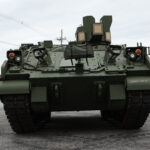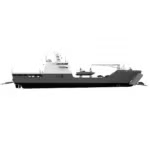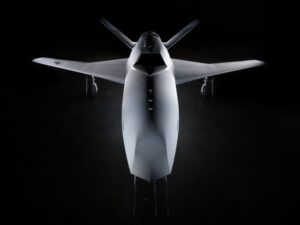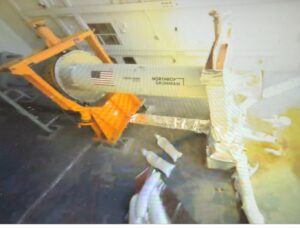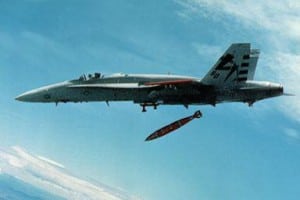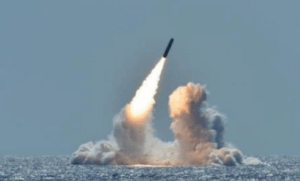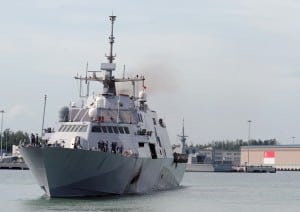
The first upgunned frigate version of the Littoral Combat Ship is slated to have an over-the-horizon missile, but the Navy’s director of surface warfare wants to demonstrate at least one such missile—and preferably more than that—on the ship by the end of the year."My intention is [to test] as many missiles as I can in 2016. If someone has a missile, bring it,” Rear Adm. Peter Fanta, director of surface warfare division (N96), said during a speech Tuesday at the…


